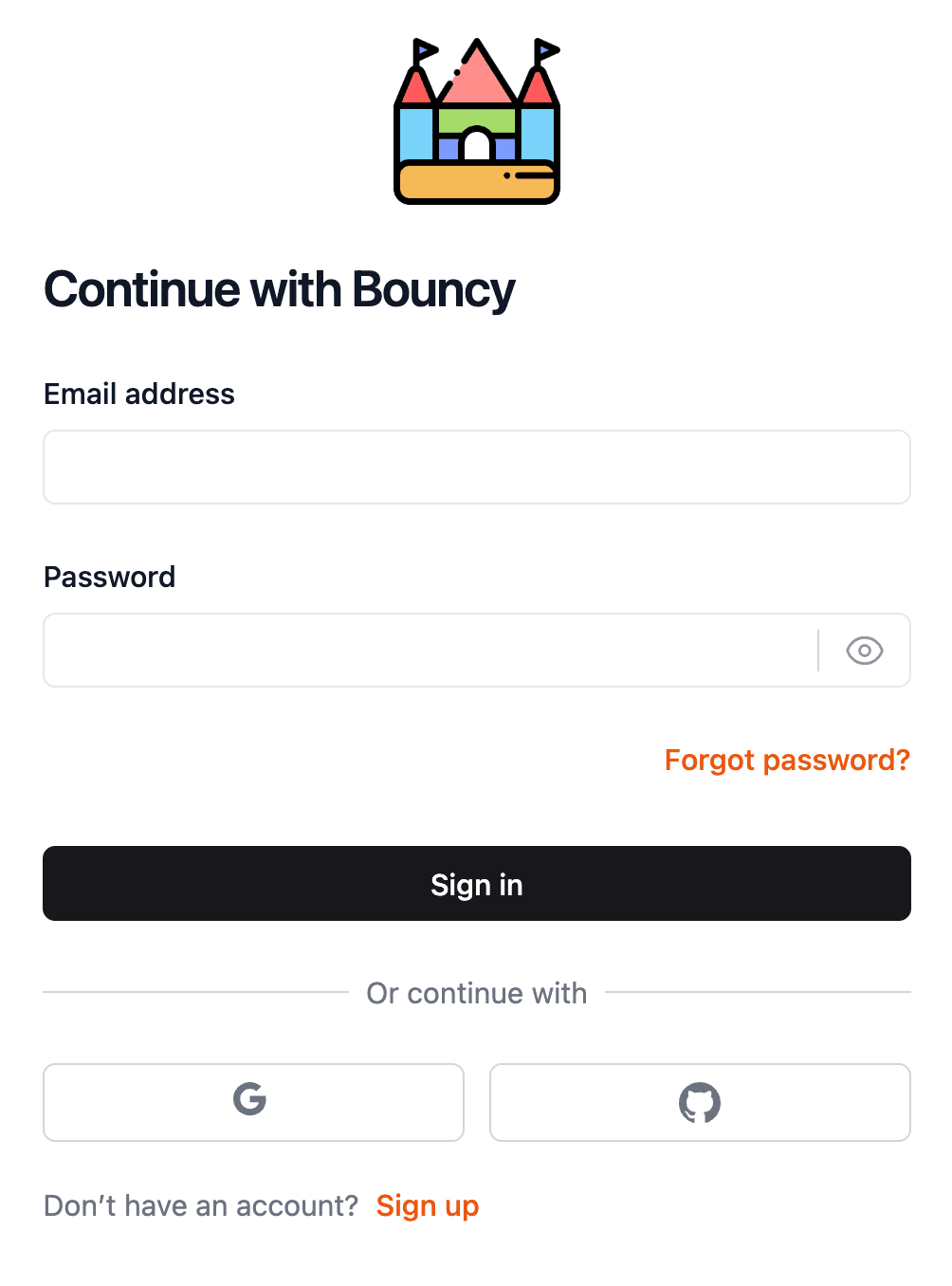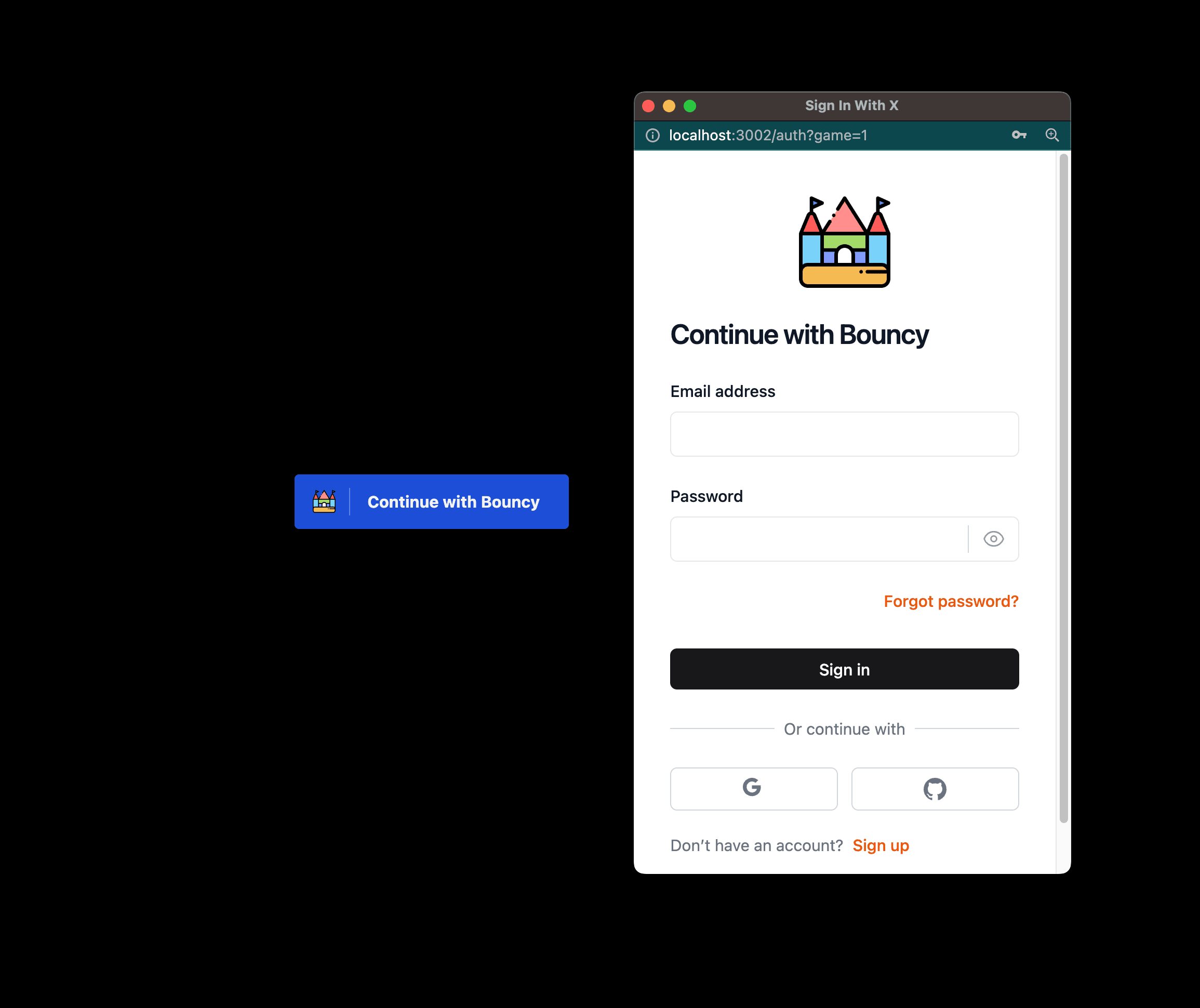Build a Gaming Ecosystem & SSO Setup (Part 1)
Learn how to integrate SSO authentication in your gaming ecosystem
Harness the power of Openfort to create a seamless gaming ecosystem. By integrating Openfort's solutions, you enable a standard single sign-on (SSO) authorization flow across multiple games, enhancing the gaming experience through interoperability, streamlined player experiences, and innovative asset ownership models.
You can learn more details about how Ecosystems work.
Overview#
Openfort's framework empowers you to create a cohesive gaming ecosystem. Here's a glimpse of what you can achieve:
- Single Sign-On (SSO) Across Games: Allow players to use one account seamlessly across various games within your ecosystem.
- Interoperability: Enable cross-game interoperability of players' game currencies and assets via their ecosystem profile's managed or connected external wallet.
- Achievement Tracking: Offer comprehensive support for tracking soul-bound tokens such as achievements, experience points (XP), ranks, etc., across different games.
Implementation Patterns#
Choose an implementation pattern that aligns with your ecosystem and game requirements:
Redirect Pattern#

Ideal for web-based games or user interfaces (UIs), the Redirect Pattern navigates players to a specific page on your game's website, like a settings page.
- Set the
redirect_uriparameter to link the "Register" or "Login" button on your game's website to the Ecosystem authorization flow page. - Post successful login or registration, players will be redirected to the
redirectUriset, with the authenticated player'sjwtTokenandplayerdetails appended to the URL, e.g.,https://mygame.com/game#token=PLAYER_ACCESS_TOKEN&player=PLAYER_ID. - Utilize your game's webpage logic to extract the
jwtTokenandplayerdetails from the URL fragment parameters to complete any remaining login/authentication processes.
Embed Pattern#

The Embed Pattern is suited for mobile apps, native games, or non-web implementations, allowing for an in-app or in-game authorization flow.
- Exclude the
redirect_uriparameter from the authorization page's query parameters to enable an in-app or in-game web browser/modal window. - Players complete the specified flow (login or registration) within this embedded authorization page.
- Utilize a URL change listener to wait for the
#jwtToken=and&player=fragment properties to be set on the URL. - Extract the player's
jwtTokenandplayerdetails from the URL, perform any additional authorization logic needed for your game, and close the browser modal/pop-up accordingly.
Quickstart#
Explore a functional example of creating a gaming ecosystem with Openfort on GitHub.